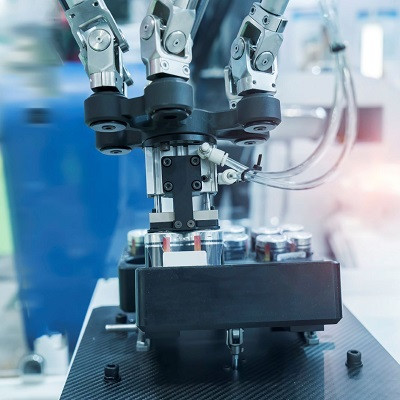Company Pioneers Sulfur-based Battery That Could Replace Lithium-Ion Cells — It's All Thanks to This Amazing Nanotechnology

Lithium-ion batteries power much of our digital world, but the energy doesn’t come without environmental impact and risk.
Experts at Australia-based Li-S Energy said they have an innovative battery in the works that replaces lithium ions with lithium-sulfur. The result is a power pack that the company has indicated is cleaner, lightweight, and has greater capacity than alternatives.
“This outcome demonstrates the strength of our progress over the last year,” Li-S Energy CEO Lee Finniear said in a company press release noting the recent improvement in energy per unit of weight the battery can store.
The 20-layer battery cells are about the same size as their lithium-ion counterparts, but with half the weight, according to a description of the tech from InsideEVs. This latest generation from Li-S improves upon previous lithium-sulfur models.
The company is touting the battery’s low flammability as a big win. Lithium-ion batteries can catch fire and even explode. Li-S experts said in the press release that the materials that make up the electrolyte in the battery — the solution where the charge/discharge cycle happens — have a low combustion risk.
Part of the science sounds about as futuristic as you’d expect in groundbreaking battery tech. Li-S experts are using “nanomaterials,” “nanotubes,” and a house-made “nano-composite” they call “Li-nanomesh.”
Nanotechnology deals with very small objects. National Geographic describes it as manipulating individual atoms and molecules.
At Li-S, the researchers are putting the tiny tech “into the [battery] cells to enhance their strength, life cycle, and performance.”
The company is also billing its nanomaterial science as potentially helping NASA put humans on Mars.
The terrestrial applications could be high-flying, as well. Li-S officials are eyeing the drone and eAviation industries, where the company already has partners, according to the press release. They expect that market to be worth more than about $32 billion (USD) a year by 2035.
“In the coming months we look forward to commencing the production of commercial samples for our partners,” Finniear said in the press release.
More efficient batteries are important as an increasing amount of tech powers up using packs. The metals used in batteries are located deep in the Earth’s crust, requiring invasive mining to gather them. Battery recycling is a growing part of the solution to reduce mining’s impact.
Part of the answer could also be Li-S’s ability to bring their batteries, which promise to pack 45% more energy punch than the previous model, to market.
“The development of these new battery cells is another validation of the strength of our scientific and technical teams,” Finniear said in the press release.
Read the original article on The Cool Down.
